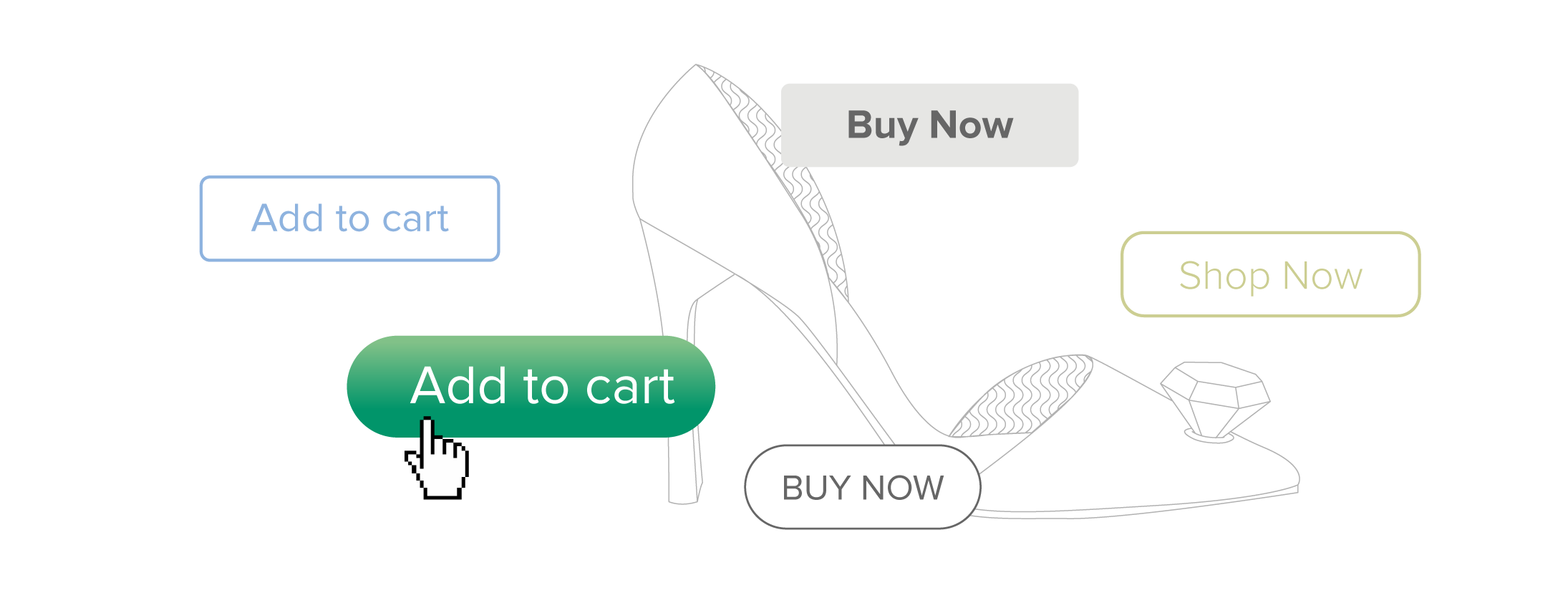Five Mistakes That Kill eCommerce Revenue

Ecommerce merchants spend significant time and money trying to optimize sales and the omnichannel shopping experience, only to harm revenue with conversion mistakes.
Ecommerce merchants spend significant time and money trying to optimize sales and the omnichannel shopping experience, only to harm revenue with conversion mistakes. This is especially the case in larger companies, as multiple stakeholders in separate departments often measure success differently. While Riskified usually focuses on fraud-related challenges and best practices, we are always happy to share expert advice about fixing the mistakes that lead ecommerce merchants to lose revenue.
Last week, Riskified sponsored a webinar with Practical eCommerce about mistakes ecommerce merchant make that add up to lost revenue. The webinar was led by ecommerce expert and online business consultant Pamela Hazelton. Rather than provide tips for new tools or processes to add to your ecommerce site, the webinar focused on things merchants are already doing today – and discussed how to optimize them to ensure ecommerce revenue is not negatively impacted. In the following post we recap some of the actionable tips Hazelton provided.
Mistake 1 – Product Page Confusion
Hazelton first touched on product page issues that kill revenue. A key mistake is trying to push the sale too quickly by failing to provide enough information before the “add to cart” button. What many merchants may not realize is that customer reviews and ratings will help sell products more than any product description.
Another great tip was about product images and videos. Showing only the item itself without context of usage can kill revenue. For example, in fashion it’s important to have a photo of the item on a person. This helps consumers understand how the fabric falls on the body, or how the shoe straps look on one’s foot. In another example, Hazelton showed a Starbucks coffee tumbler product page. Unfortunately, the product images failed to show that the coffee tumbler lid detaches into four parts and can be easily cleaned.
Mistake 2 – Complicated Shopping Carts
Perhaps the first rule of ecommerce conversion is never interrupt the checkout process. When designing the shopping cart page, remember that small mistakes can be costly. Hazelton showed examples of shopping carts with dominant “remove from cart” buttons and bright coupon code windows. Giving shoppers the opportunity to remove items from the cart is fine, but it should not be so prominent that it distracts customers. Some retailers like to suggest other items the user may like. While this is done to drive sales, it can have the opposite result. Hazelton showed examples where the suggested additional items were poorly rated (1 of 5 stars). Seeing a poorly rated item at the shopping cart stage may cause customers to go back and check reviews of the items currently in the cart – potentially reversing their intent to buy.
Mistake 3 – Requesting Too Much Information
Asking shoppers for too much information impacts conversion. Hazelton recommended removing any unnecessary fields from the checkout process and billing information form. For example, there is usually no need to require a fax number, ask about the customer’s “title” (e.g. Mr, Mrs, Miss), or request a second phone number. Details like the card type do not need to be entered manually by the shopper, as this can be identified automatically from the card number.
In addition to only asking shoppers for the most important details, Hazelton also noted how important it is to only provide shoppers with the information relevant to them. For example, make sure shopping cart is configured to only show the shipping options relevant to the shipping address provided.
Mistake 4 – Unclear Shipping Options
While selecting a shipping method is usually one of the last steps in the checkout process, shoppers can still abandon the cart at this point. Hazelton noted that in addition to showing the various shipping options in terms of price and time frame, it is also important for consumers to know who the shipping carrier will be. Shoppers may prefer one carrier over the other for reasons such as where the item is deliver to. With some carriers items will arrive at your home, while with other carriers one must pickup the item from a different location. You will find that once they are presented with all the options and have a clear understanding of exactly how the items will be shipped, some consumers are happy to pay more.
Mistake 5 – Mobile vs Desktop Inconsistency
Today, many consumers use several devices to browse and research for online shopping. Since mobile device screens are smaller, many features are left out of the mobile versions of ecommerce websites. This can be problematic if a shopper started browsing on the desktop site and then moved the the mobile site or vice versa. For example, Hazelton showed that in the mobile version of Kohl’s product pages, users have to tap to read the Q&A and then have no way to get back to the product page. Another example was from Amazon’s mobile checkout page, where shoppers don’t have the option to pay with reward points (although this option is available in the desktop site). Compare the mobile and desktop versions of your site in order to make sure that you didn’t oversimplify the mobile site so that it’s tough for the omnichannel consumer to shop with you.
We hope these tips will help you drive revenue and sales. For all the tips and examples, watch the 30-minute webinar recording:
To learn about the scope of another major eCommerce revenue killer, see Riskified’s infographic on false declines. Riskified is constantly working to help eCommerce merchants drive revenue across channels. To learn more about our solution and see how it works click here or contact us at [email protected].




